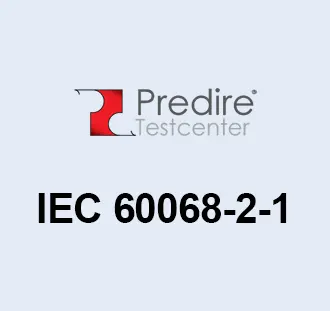ISO 16750: Road Vehicles – Environmental Conditions and Testing for Electrical and Electronic Equipment
Overview and Purpose
ISO 16750 provides guidelines and test procedures for assessing the performance and durability of electrical and electronic equipment used in road vehicles under various environmental conditions. This standard is crucial for ensuring that automotive components can withstand the stresses and strains of real-world operating conditions, including temperature extremes, mechanical vibrations, humidity, and chemical exposure. By setting clear testing criteria, ISO 16750 aims to improve vehicle reliability and safety through rigorous validation of all onboard electrical and electronic systems.
How the Test is Conducted
- Test Categories: ISO 16750 is divided into several parts, each focusing on different environmental stress factors:
- Part 1: General
- Part 2: Electrical loads
- Part 3: Mechanical loads
- Part 4: Climatic loads
- Part 5: Chemical loads
- Sample Preparation: Equipment and components are prepared according to their operational specifications and mounted in a manner that simulates their installation in the vehicle.
- Exposure to Environmental Conditions: The components undergo a series of tests that simulate the environmental conditions they will face during their operational life. This includes temperature cycling, vibration testing, humidity exposure, salt spray tests, and more, depending on the part of the standard being applied.
- Evaluation: After testing, components are evaluated for functionality, durability, and any degradation in performance. This may involve visual inspections, electrical measurements, and mechanical testing to assess any changes in properties or performance.
Purpose of the Standard
- Reliability and Safety: Ensures that electrical and electronic components in vehicles are reliable and safe under all operating conditions.
- Design Validation: Helps manufacturers identify potential design improvements by exposing components to conditions that simulate years of operation in a condensed timeframe.
- Quality Assurance: Forms a critical part of the quality assurance process for automotive components, ensuring they meet international standards for durability and performance.
- Consumer Confidence: Provides consumers with assurance that the electrical and electronic systems in their vehicles have been rigorously tested for environmental resilience.
Head Office
Privacy policy and cookies
Click here to present our privacy policy and explains how we use cookies on this website












